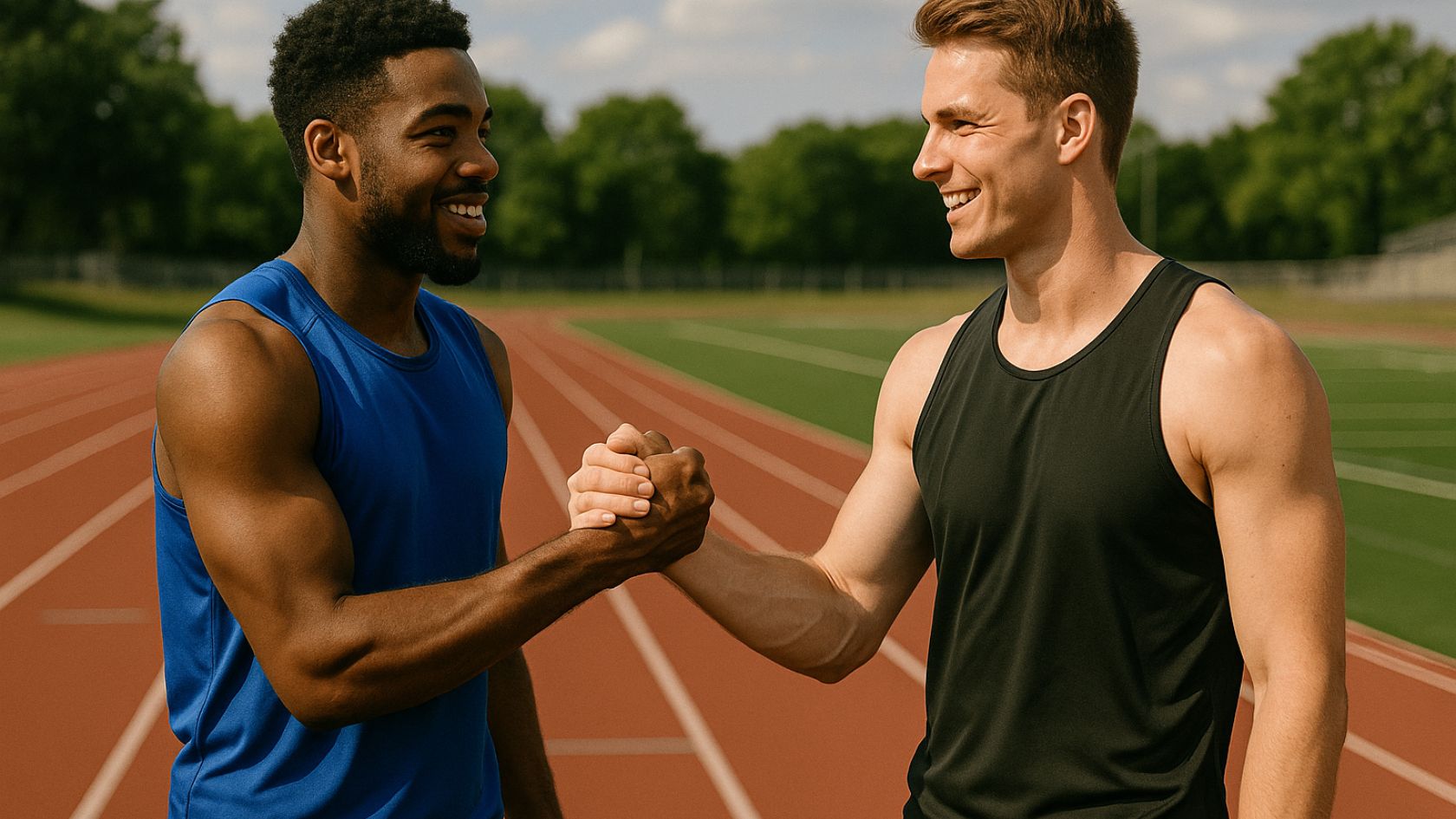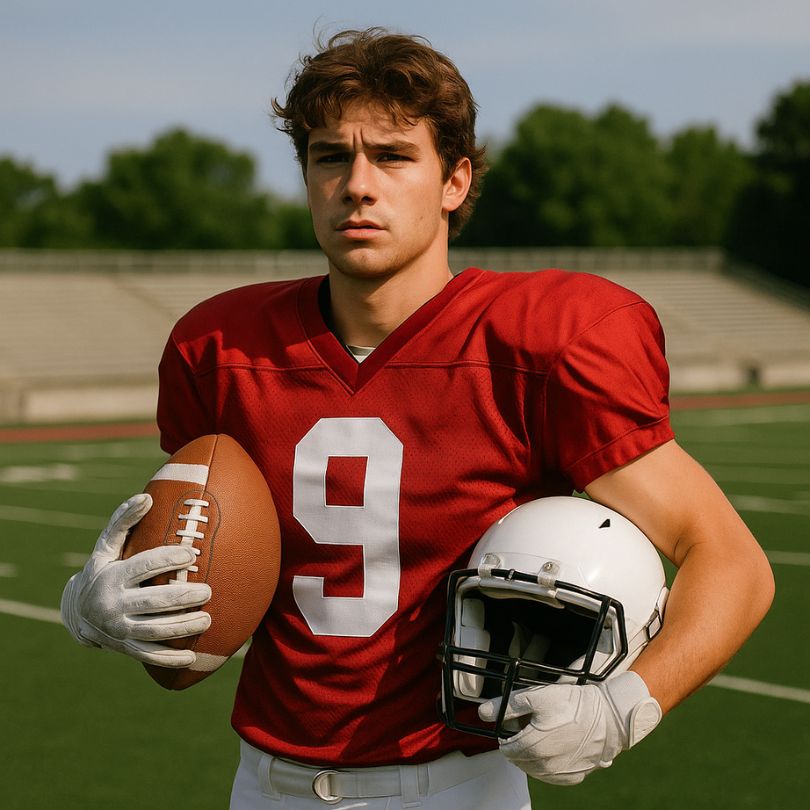
Top Sports Programs: Rankings, Selection Steps, Scholarships, and Training Tips

Top sports programs offer structured coaching, elite facilities, performance science, and pathways that help athletes reach the next level—whether that’s competing in college, turning professional, or simply achieving personal bests with fewer injuries. This guide compares options, shows you how to evaluate programs step by step, and shares practical training and application tips that you can use right away.
Before you shortlist anything, scan independent rankings and third-party data to understand the overall landscape. For example, you can browse best college athletics lists to spot schools that invest in facilities, competitive schedules, and athlete support. Rankings are only one input, but they help you quickly map the “tier” of programs worth deeper research.
What actually makes a program “top”? Look beyond win–loss records. Evaluate coaching credentials and continuity, the ratio of staff to athletes, access to athletic trainers and sports medicine, data-driven performance monitoring (GPS, force plates, and wellness apps), academic or career support, and evidence of athlete development—such as year-over-year improvements, championship appearances, or pro/elite placements.
Visibility and recruitment strategy also matter. Strong programs market their success and find the right-fit athletes efficiently. If you run a club or academy, learning modern outreach—like targeted social and search ads—can boost tryout turnout and scholarship interest; guides on retargeting campaigns explain how to keep interested prospects engaged until they apply.
Types of Top Sports Programs
1) College and University Athletics
Collegiate programs (NCAA, NAIA, NJCAA) combine academics and athletics. Top-tier teams offer sport-specific facilities, experienced coaching staffs, strength and conditioning programs, sports psychology, and nutrition support. Many also integrate athlete study halls and tutoring to maintain eligibility and academic progress. For prospects, the balance of training volume and academic load is critical—look for transparent weekly schedules and graduation outcomes.
2) Professional Academies and Development Pathways
Professional academies emphasize long-term athlete development (LTAD), emphasizing movement literacy early and specialization as appropriate. They often provide exposure to high-level competition and scouts. The best academies show clear benchmarks for progression (e.g., U15 to U17 to reserve squads), publish training philosophies, and track objective metrics such as sprint times, VO2max estimates, technical skills tests, and wellness trends.
3) Private Clubs and Training Centers
Private clubs can be excellent when they have stable coaching, periodized plans, and access to quality facilities. Because quality varies widely, ask for coaching bios, references from recent alumni, and sample training microcycles. Transparent programs welcome informed questions and gladly share their process for monitoring fatigue, managing injuries, and individualizing workloads.
How to Evaluate a Program: A Step-by-Step Checklist
- Clarify goals: Do you want collegiate scholarships, pro pathways, or skill development? Your goal defines the best-fit level and time commitment.
- Study the coaching staff: Look for credentials (certifications, prior athlete outcomes), stability, and communication style. Ask about their approach to periodization and tapering.
- Inspect facilities and support: Weight rooms, recovery tools (cold tubs, compression), indoor spaces for bad weather, and access to athletic trainers.
- Review schedules and travel demands: Ensure the competition calendar matches your development needs and academic realities.
- Analyze development evidence: Roster retention, year-over-year performance gains, and alumni outcomes (college placements, pro signings, national teams).
- Consider academics and life balance: For students, examine tutoring, class flexibility, and graduation rates.
- Request sample plans: Ask for a week of training, including warm-ups, technical work, conditioning, and recovery; verify progression over mesocycles.
- Talk to current athletes: Their lived experience reveals red flags or highlights support you won’t see in brochures.
- Calculate total cost: Tuition or fees, travel, equipment, housing; understand scholarship types (athletic, academic, need-based).
- Trial session: If possible, do a camp or tryout to experience culture, coaching, and team dynamics firsthand.
Application and Recruiting Tips
- Build a concise highlight reel: 60–90 seconds, sport-specific, with labels (position, context), and links to full games.
- Track your metrics: Maintain a simple sheet with PRs, test results, and recent competition stats; update monthly.
- Email outreach: Personalize notes to coaches, include graduation year, key stats, position, academic info, and upcoming showcases.
- Leverage camps and showcases: Choose events where your target programs will attend; follow up within 48 hours.
- Mind NCAA/NAIA rules: Understand contact periods, eligibility centers, and amateurism requirements to avoid missteps.
Training, Recovery, and Performance Fundamentals
Periodization Basics
Top sports programs rely on well-designed macrocycles (season plan), mesocycles (4–6 weeks), and microcycles (weekly). High-intensity work is clustered with adequate recovery days; deload weeks reduce volume to consolidate gains. Even at the youth level, alternating stress and recovery preserves long-term health.
Sample Weekly Template
Here’s an example for a field sport during a typical in-season microcycle:
- Mon: Technical skills + low-volume strength + mobility
- Tue: Speed/acceleration + tactical session
- Wed: Recovery (light aerobic, mobility, soft-tissue)
- Thu: High-intensity small-sided play + set pieces
- Fri: Pre-game activation + walk-through
- Sat: Game day
- Sun: Off or very light recovery
Injury Prevention and Load Management
Great programs scale loads to the individual. They track session RPE, total distance, high-speed running, jumps, and readiness surveys. Warm-ups include movement prep (ankle, hip, thoracic spine), and strength work emphasizes eccentric control and posterior chain. Return-to-play uses objective criteria (pain scales, symmetry tests) rather than dates on a calendar.
Funding and Scholarships
Scholarship strategies combine athletic awards with academic and need-based aid. Improve your academic profile (GPA, test scores) to widen options. When comparing offers, consider the net price over four years and the likelihood of renewal; some athletic scholarships are partial and contingent on roster status. Ask directly about guarantees, typical year-to-year changes, and what happens after injuries.
Red Flags to Watch For
- One-size-fits-all training with no individualization
- High injury rates without transparent prevention protocols
- Coaching turnover every season
- Vague academic support or low graduation rates
- Overly packed competition calendars that limit training and recovery
Putting It All Together
- Define your outcome (college placement, pro pathway, or skill development).
- Use rankings and data to build a long list; then apply the evaluation checklist.
- Contact coaches with personalized messages and measurable stats.
- Test the fit via camps or trial sessions; talk to current athletes and parents.
- Compare total cost and scholarship packages; decide with both head and heart.
Conclusion
Choosing among top sports programs is ultimately about aligning your goals with a program’s coaching, support, and culture. Do your homework, verify claims with data, and treat recruiting like a two-way interview. If you help manage a program, modern tools—from video to instream ad intelligence—can showcase success and reach right-fit athletes. With a clear plan, honest feedback, and consistent effort, you’ll land in an environment where you can develop, compete, and thrive.